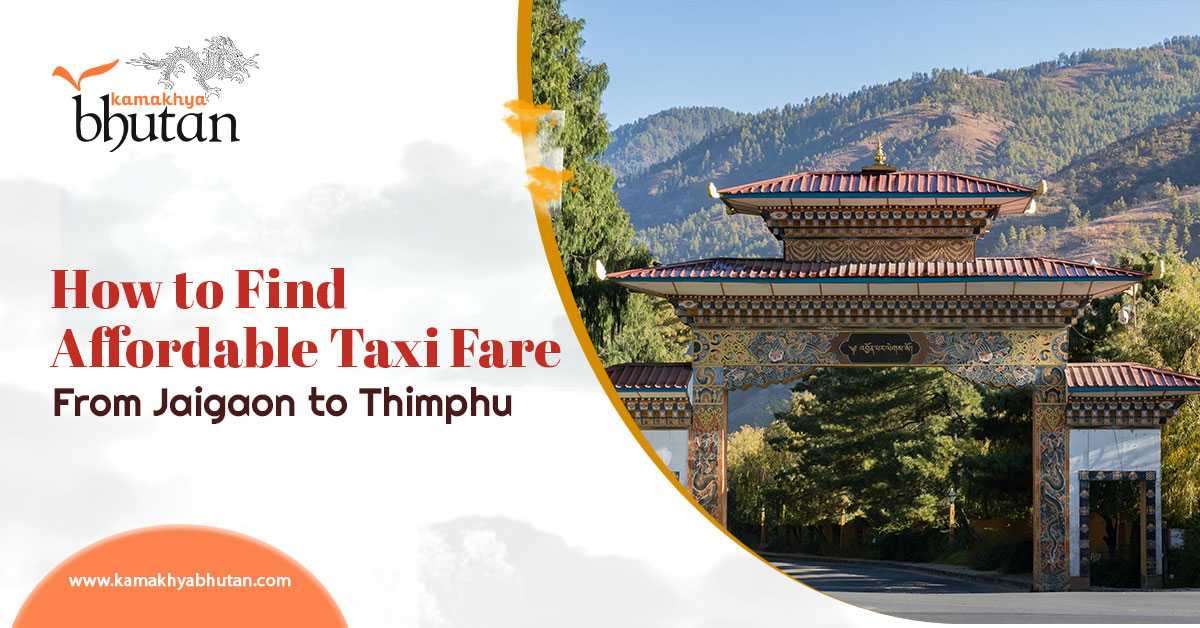Traditionally, Bhutanese architects and craftsmen construct Bhutanese buildings and houses without prior plans and their skills were passed from one generation to the other. In Bhutan, qualified architects in western and the modern sense are quite a new phenomenon. Traditional houses and buildings in Bhutan are constructed of beaten earth, timber, and stone, with a very unique and distinct style. The traditional house in Bhutan follows the identical Bhutanese house architecture and patterns giving both the cities and far-flung villages a ravishing appearance. Apart from few modern buildings and structures, there are 3 major types of traditional buildings and architectural designs in Bhutan.
1. Dzongs
They are the massive imposing fortresses that serve as administrative and religious headquarters in every district, a building which is huge country farmhouses, and religious building of various types, from massive temples to tiny stupas or chortens. In the early 20th century, before the unification of Bhutan under one monarchy, the country�s 20 or so districts were administered by Penlops or Governors. Over the centuries, the countless battle was fought by the Penlops against the neighboring districts or, Tibet. During the battle, these Dzongs not only served as the governing center but also served as fortresses. Therefore, Dzongs were naturally massive imposing structures that are purposefully constructed in strategic locations. They are even built on traditional trade routes between districts as their other task was to collect taxes in kind, such as yak meat, rice, woven fabrics, etc from travelers passing through. While some Dzongs were destroyed by natural calamities like flood, fire are reconstructed over the years, they still remain as the significant headquarters for every district. Today, the Dzongs also bears significance as the ancient relics and a major tourist attraction of Bhutan. The structures and Bhutanese architecture design used in the roofs of religious building and Dzongs are not allowed to use on houses.
2. Typical traditional Bhutanese house
The typical traditional houses are usually 2/3 storey houses, popular in villages. The ground floor of the building is reserved for the animals and the upper floors are meant for the family, which has an open attic for drying things like chilies and harvested crops. A ladder carved out of a whole tree trunk is used as a ladder to access the attic. Bhutanese follows the matrilineal traditions, therefore the property including the houses are passed down via females. When a couple gets married, the male moves in with the wife�s family. In the traditional house of Bhutan, the walls of the ground floor are constructed with the hand-beaten earth and stones, which are either whitewashed or left in its natural hue. The most remarkable feature of the traditional Bhutanese house is the windows, which is built with timber, and framed in unique styles and structures.Traditionally, the windows of Bhutanese houses have timber shutters, instead of glass. Roofs are traditionally pitched, clad with the wooden shingles, and hold by the stones but corrugated iron rods have become more common these days. The roof bears a white flag as a crowning feature. Both the interior and interior of the traditional house in Bhutan can be excessively decorated. The wooden window frames are painted with the dynamic floral and animal images. The walls of the houses bear the lucky symbols of the phallus and Buddhist swastika.With the abundant forest cover, it is obvious that traditional Bhutanese houses and temples have some magnificent wooden features like groove doors, heavy tongue, high thresholds, attractive floorboards intricately carved beams, etc.
3. Religious structures
Religious Bhutanese architecture design resembles with the Dzongs and these religious structures are Monasteries (Goemba), Temples (Lhakhang), and various kinds of stupas (Chortens). These religious buildings have distinctive whitewashed walls that contradict the deep red band near the top, extensively carved, and brilliantly painted windows, with the golden roofs. Monasteries and temples (Goemba and Lhakhang) The interior section is the fascinating feature of temples and monasteries. The walls are remarkably painted with the detailed and colorful paintings that portray thankas, or Buddhist teachings. Initially, these wall paintings are painted on the stretched canvas, before they�re stuck to the walls that give the impression of wall painting. This is done in such a way that whenever a wall needs to be reconstructed, these thankas are taken off the wall and stored until, the construction is completed, and later it is reinstated. All the alters of the monasteries and temples are stunningly embellished and furnished with colorfully painted and carved wooden cabinets, covering the entire wall with the idols of famous Buddha and other figurines. A table with burning incense and butter lamps is set amongst them where you can lay your offering of foods and money. Additionally, the vibrant hued prayer flags are hung down from the ceiling.
Chortens
Chortens on contrary are not the real buildings, but the small sculptures having religious relics. They�re so small that you cannot get inside them, but you can walk around them instead. Remember, you should walk around it in a clockwise pattern, doing the otherwise will bring bad luck. Chortens are mostly seen in the places that are regarded inauspicious, like mountain passes, road junctions, etc. One noteworthy Chorten is the National Memorial Chorten located in Thimphu, and it constructed in Tibetan style, in to commemorate the 4th king of Bhutan. While you pay a visit to this Chorten, you will see the elderly citizens of Thimphu chanting prayers, spinning prayer wheels, with prayer beads on their hands. Chortens are of various types, like Mani chukor, Mani walls, etc. Whether you trek or hike to the higher altitudes, you will come across Mani chukor while you cross a stream. Mani walls found on the old trade routes between the districts, which is constructed in memory of the loved ones who are dead. So, don�t wait for more, witness the realm where you will find the dotting Dzongs, monasteries, and villages with stunning traditional Bhutanese houses.




